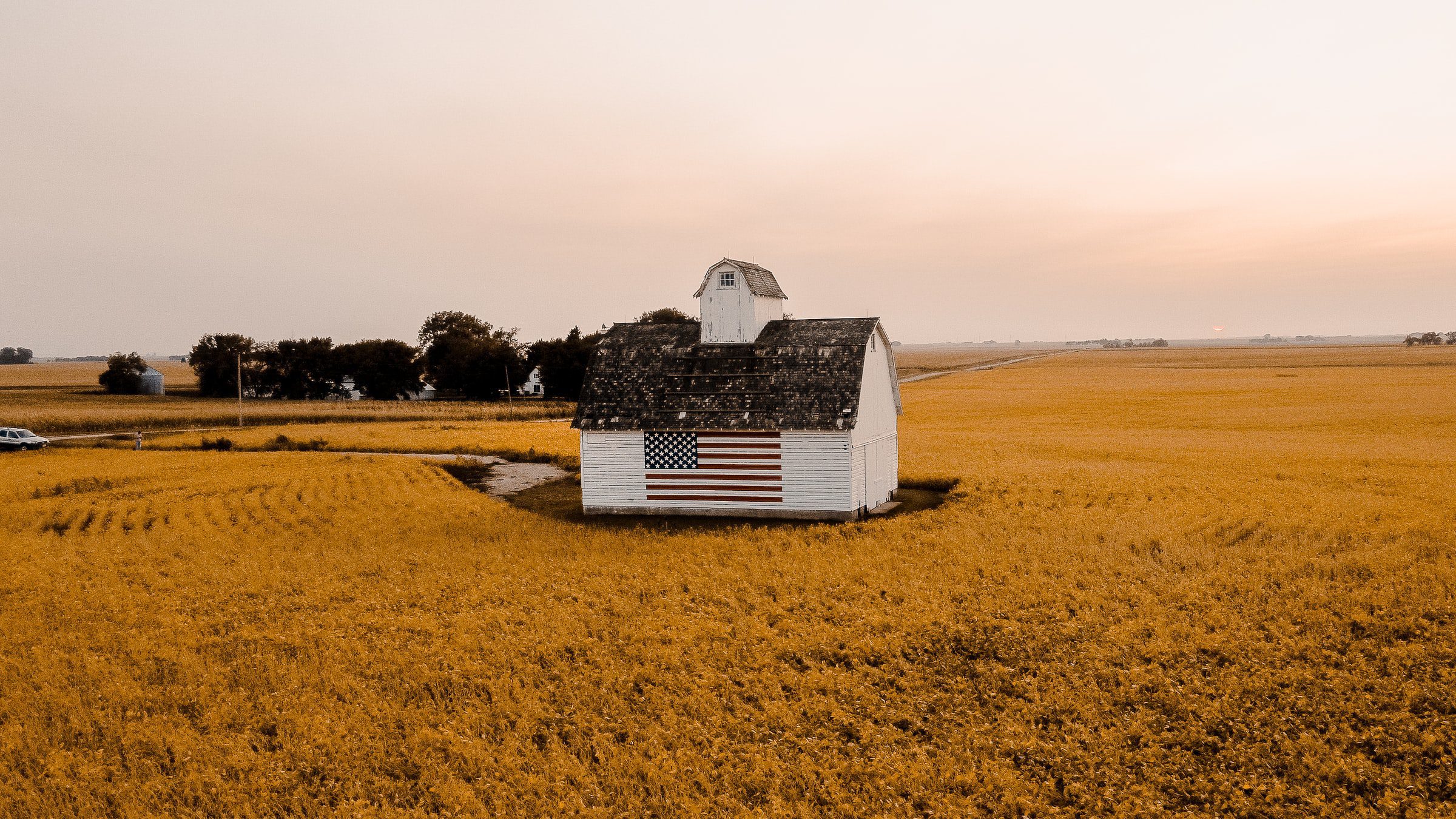Few places truly capture Americana, the rolling flatland landscape, or the downhome innate goodness of the American dream, like the state of Iowa.
The spirit of this midwestern stalwart could best be summed up in the interplay between Ray Liotta’s Shoeless Joe Jackson in the 1989 classic film Field of Dreams when he asks, looking around him in wonder: “Is this heaven?” To which Kevin Costner’s Ray Kinsels replies: “No. It’s Iowa.”
This short reply, said with a bit of a sting and a lot of grin, should be taken as the dichotomy that is Iowa. The entire state of Iowa feels like that one scene. A fiercely independent, hard-working, and abundant place. Smack in the center of the country, Iowa is the breadbasket and heartbeat of America.
Iowa became the nation’s 29th state in 1846. With its rich soil, it’s no surprise that Iowa is the second-largest agriculture-producing state as it’s known for corn and soybeans. It’s also the nation’s top pork producer.
But did you know that sliced bread was also invented in the Hawkeye state? In 1928 Iowa native Otto Frederick Rohwedder invented the Bread-Slicing Machine in Davenport.
If you get a yearning for wide-open spaces and golden fields waving under the sun, you know it’s time to visit Iowa. Below are a few places to explore on your next trip through the Hawkeye State:
HERBERT HOOVER NATIONAL HISTORIC SITE: Few presidents came from such a humble beginning as Herbert Hoover. This national historic site stands to preserve the childhood and accomplishments of America’s 31st President. Orphaned at age nine, Hoover was as unlikely a future resident of the highest office in the land as there could be. And though he left the state as a boy, he later returned to Iowa to commemorate his long life of public service. Stop in to learn more about one of the lesser-known and least discussed presidents of the 20th century.
EFFIGY GROUNDS NATIONAL MONUMENT: This hallowed ground near Harpers Ferry, Iowa, is considered sacred to many Americans. The national monument protects the legacy of the many native tribes that once flourished on its land, many of whom are interred beneath its burial mounds. In the Midwest, these effigy mounds were built in the shapes of bears, birds, panthers, snakes, and water spirits, and are mostly located in southern Wisconsin, northern Illinois, eastern Iowa, as well as parts of Minnesota.
Some of the earliest mounds date to about AD 650-1200, where the local tribes lived in nearby villages who subsisted on hunting, fishing, and early agricultural innovations like growing small gardens of sunflower and squash. The mounds were used for burial effigies in addition to ceremonial holy sites, and territorial demarcations. This region and this national park are rich in early native American history and offer a wealth of knowledge and insight to the curious at heart.
MORMON PIONEER NATIONAL HISTORIC TRAIL: On March 1, 1846, a great American exodus began on the cold prairies of Iowa. Following the murder of their founder and spiritual leader, Joseph Smith, the newly formed Mormons (led by its new figurehead Brigham Young) found themselves searching for a place to set up their religious community. Around 500 wagons and nearly 3,000 immigrants headed west across the frozen Iowa plains toward the Missouri River, the American West, and freedom. Their route became known as the Mormon Trail. This national historic trail spans five states and is an invaluable piece of the story of the early settlement of the territories west of the Mississippi.





